Understanding the Basics of AI Integration
Hey there, tech enthusiasts! Today, we’re diving into the exciting world of AI integration. Whether you’re a small business owner or a tech-savvy individual, integrating AI into your existing tech stack can revolutionize the way you operate. But before we jump into the nitty-gritty details, let’s start with the basics.
AI, or artificial intelligence, is the simulation of human intelligence processes by machines, particularly computer systems. It involves the development of algorithms that can learn and adapt based on data inputs, ultimately making autonomous decisions without human intervention.
When it comes to integrating AI into your tech stack, the possibilities are endless. From automating repetitive tasks to enhancing customer experiences, AI has the potential to streamline operations and drive innovation across industries.
Key Considerations for AI Integration
Now that we have a basic understanding of AI, let’s explore some key considerations for integrating AI into your existing tech stack. When embarking on this journey, it’s essential to assess your current technology infrastructure and identify areas where AI can add value.
One important consideration is data compatibility. AI algorithms rely on vast amounts of data to make informed decisions, so ensuring that your existing systems can support data integration is crucial. Additionally, you’ll need to consider the scalability of your systems to accommodate the increased computational requirements of AI.
Another key consideration is the skill set of your team. Integrating AI into your tech stack may require specialized knowledge and expertise, so investing in training or hiring professionals with AI experience can simplify the process and ensure successful implementation.
Practical Tips for Seamless AI Integration
Now that we’ve covered the basics and key considerations for AI integration, let’s dive into some practical tips to make the process seamless and successful.
First and foremost, start small. Instead of trying to implement AI across your entire tech stack at once, focus on specific areas where AI can provide the most value. This approach allows you to test and refine your AI strategies before scaling up.
Next, leverage AI tools and platforms that align with your existing tech stack. Many software providers offer AI solutions that integrate seamlessly with popular platforms, making it easier to incorporate AI into your workflows without disrupting operations.
Additionally, consider partnering with AI experts or consultants to guide you through the integration process. Their knowledge and experience can help you navigate potential challenges and optimize the performance of your AI systems.
The Future of AI Integration
As we look to the future, the integration of AI into existing tech stacks will continue to play a pivotal role in driving innovation and digital transformation. From predictive analytics to personalized customer experiences, AI has the power to revolutionize the way we work and interact with technology.
By embracing AI and staying ahead of technological trends, businesses and individuals alike can harness the full potential of artificial intelligence to achieve their goals and streamline operations. So, are you ready to unlock the power of AI in your tech stack?
Remember, the possibilities are endless when it comes to integrating AI into your existing tech stack. Stay curious, stay eco-conscious, and stay passionate about marine conservation. And don’t forget to check out ivah.io for more insightful blogs on AI and technology!
Keep exploring, keep learning, and keep innovating with AI. The future is in your hands.

